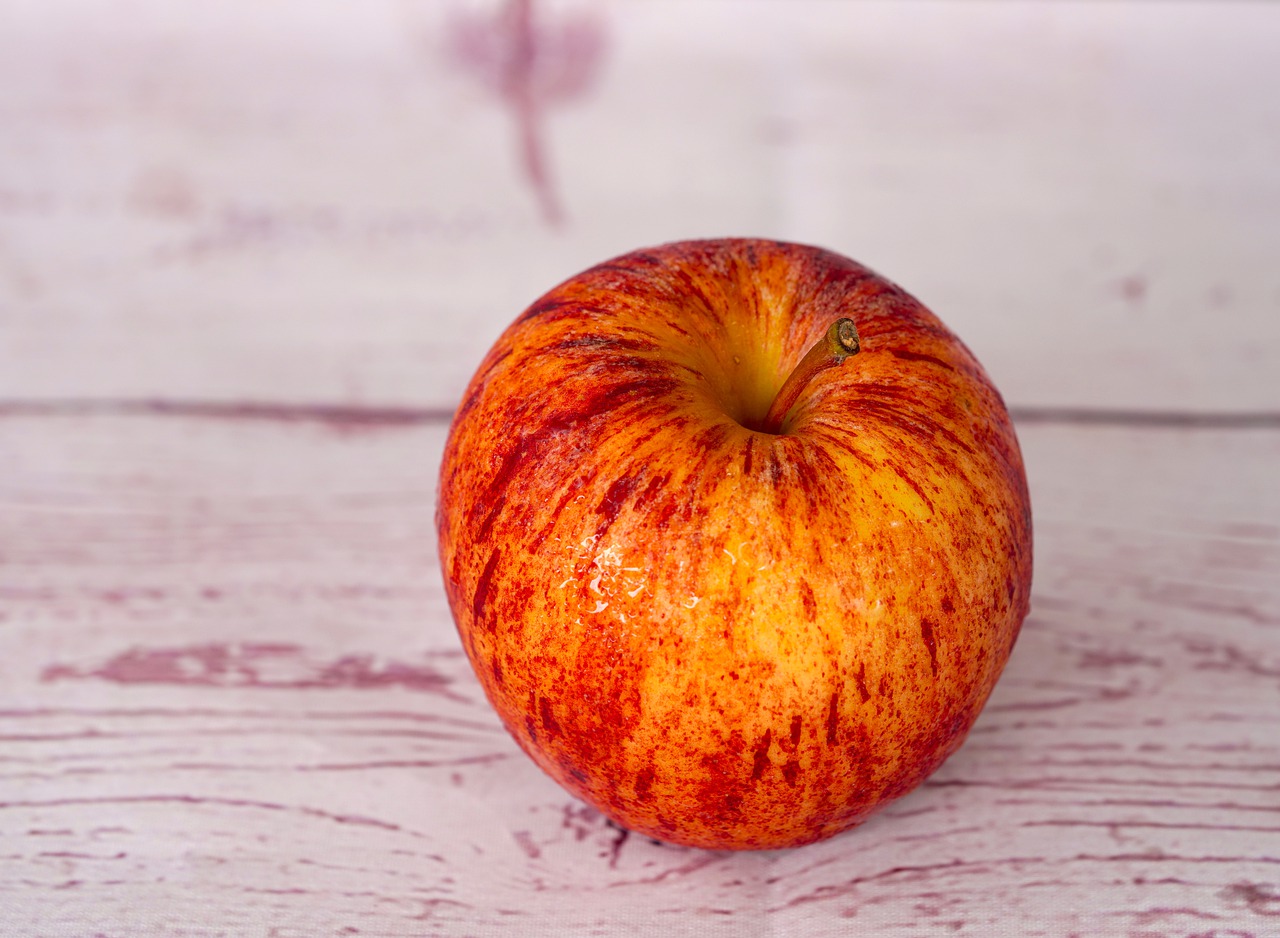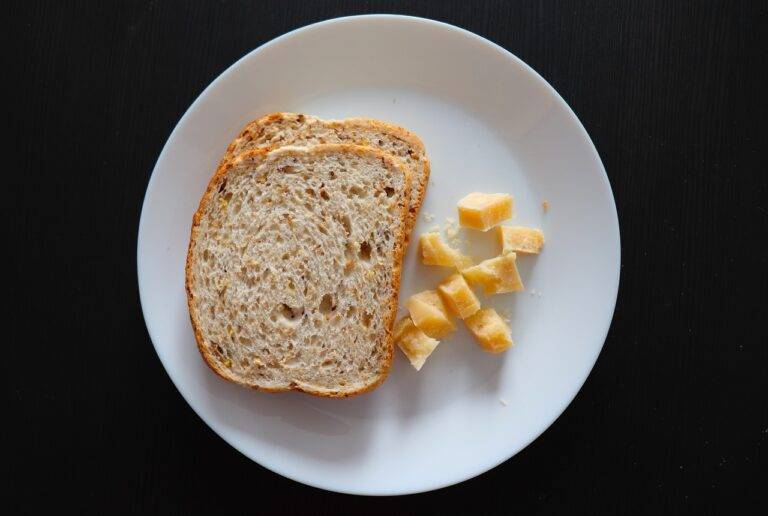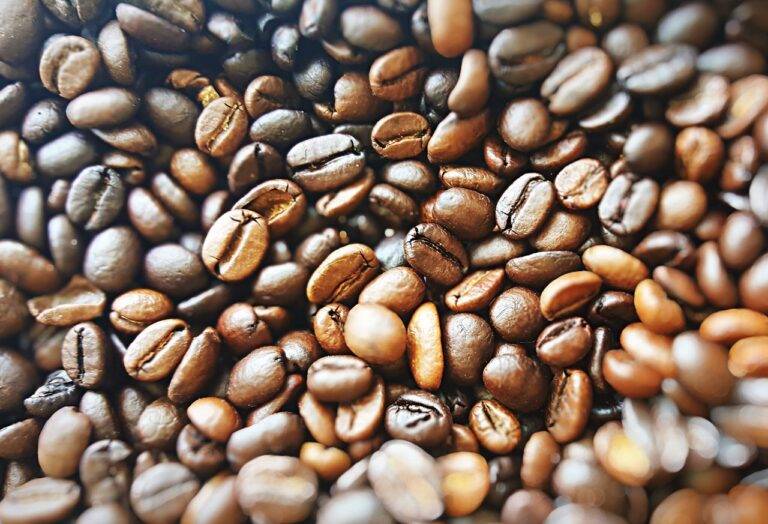Exploring the Symbolism of Food in Religious Art and Texts
In Christian art, food often carries symbolic meanings that reflect deeper spiritual truths. For example, the depiction of bread and wine in paintings of the Last Supper symbolizes the body and blood of Christ in the Eucharist. This imagery serves as a visual reminder of the sacrificial nature of Jesus Christ’s death and the concept of communion with God.
Additionally, the apple is a common symbol in Christian art, representing the fruit from the Tree of Knowledge in the Garden of Eden. The apple is often depicted in religious paintings to allude to the Fall of Man and original sin, highlighting the importance of redemption and salvation through faith in Christianity.
Symbolism of Food in Hindu Scriptures
Food holds significant symbolism in Hindu scriptures, representing more than just sustenance or physical nourishment. In Hinduism, food is often seen as a way to connect with the divine and is considered sacred. The act of preparing and consuming food is considered a form of worship, where every ingredient and every step in the cooking process is done with utmost mindfulness and reverence.
In Hindu scriptures, certain types of food are associated with different deities and have specific symbolic meanings. For example, the offering of milk and sweets is often associated with devotion and purity, while offering spicy or savory dishes is seen as a way to invoke qualities like strength and courage. The act of sharing food, such as during festivals or religious gatherings, is considered a way to foster unity, community, and togetherness among individuals.
Symbolism of Food in Islamic Art
In Islamic art, the symbolism of food holds deep significance, often representing spiritual nourishment and divine blessings. One common symbol is the depiction of dates, which are mentioned in the Quran as a blessed fruit. Dates are often associated with Ramadan, the holy month of fasting, and are believed to provide strength and sustenance during this period of spiritual devotion. In Islamic art, dates are often shown in intricate designs and patterns, emphasizing their importance as a symbol of faith and nourishment.
Another prominent symbol in Islamic art is the pomegranate, a fruit that is mentioned in the Quran as a sign of God’s blessings. The pomegranate is often depicted in Islamic art as a symbol of fertility, abundance, and prosperity. Its vibrant red color and the abundant seeds inside are seen as representing the richness and blessings of life. In various artworks, the pomegranate is portrayed in different forms, such as in paintings, calligraphy, and decorative motifs, highlighting its symbolic value in Islamic culture and art.





